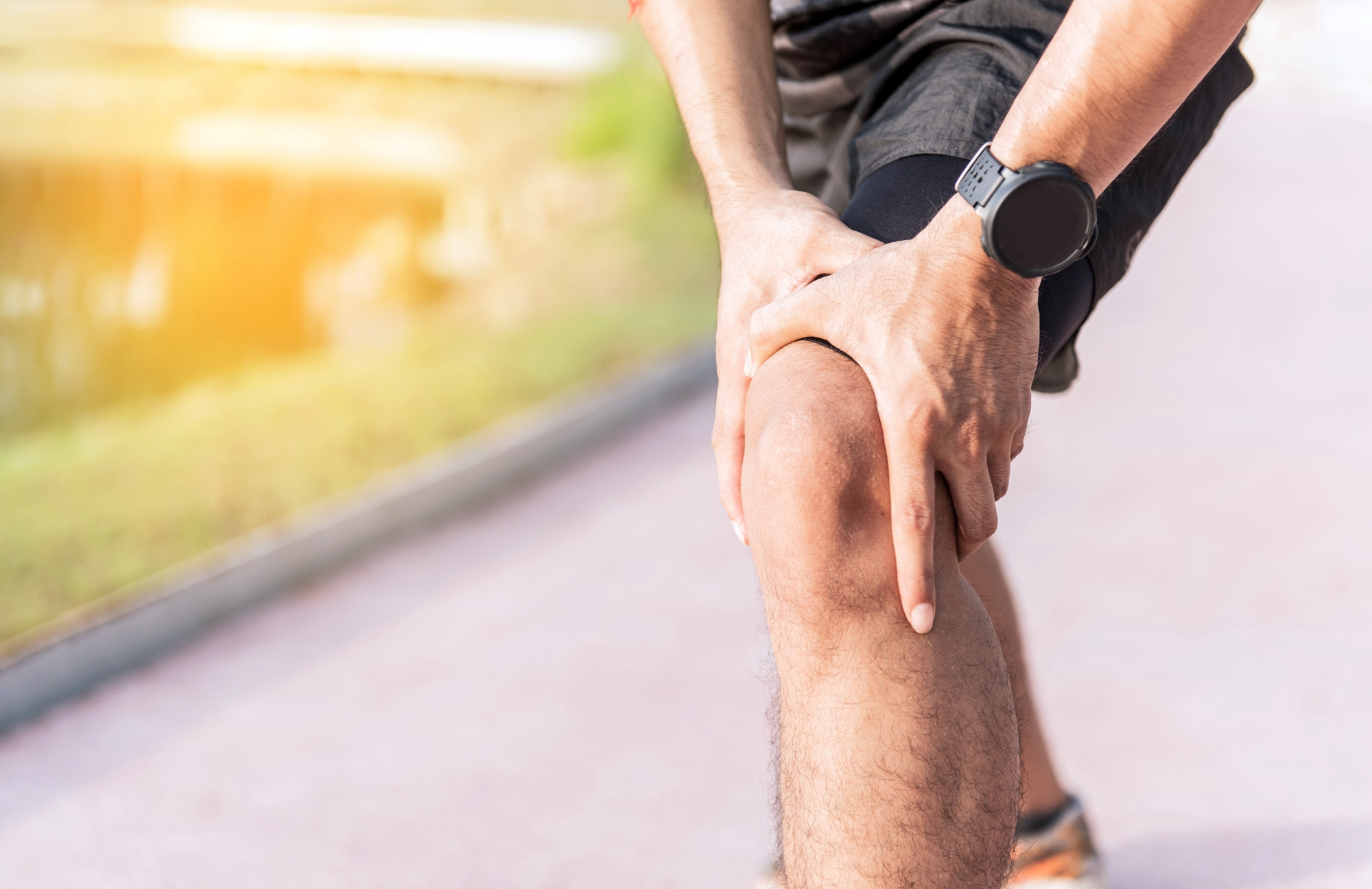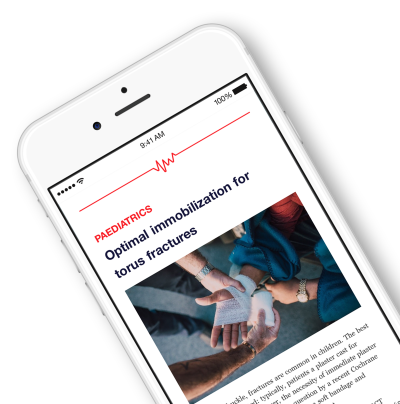Surgical Versus Non-surgical Treatment for ACL Injury: Powered by OE M.I.N.D. .
Anterior cruciate ligament (ACL) injury remains one of the most common and debated knee pathologies in orthopaedics. When it comes to ACL injuries, early reconstruction consistently shows advantages in activity level, stability, and reduced risk of re-injury or revision compared with rehabilitation alone, both short term and long term. However, patient-reported outcomes such as composite clinical scores, pain, and return to preinjury activity appear similar between surgical and non-surgical care. Research in this space continues to grow, with 45 ongoing studies worldwide and major device manufacturers—such as Smith & Nephew, Arthrex, Ethicon, and DePuy Synthes—driving much of the published evidence.
Unlock the Full original article
You have access to 4 more FREE articles this month.
Click below to unlock and view this original article
Unlock Now
Critical appraisals of the latest, high-impact randomized controlled trials and systematic reviews in orthopaedics
Access to OrthoEvidence podcast content, including collaborations with the Journal of Bone and Joint Surgery, interviews with internationally recognized surgeons, and roundtable discussions on orthopaedic news and topics
Subscription to The Pulse, a twice-weekly evidence-based newsletter designed to help you make better clinical decisions
Exclusive access to original content articles, including in-house systematic reviews, and articles on health research methods and hot orthopaedic topics
































































